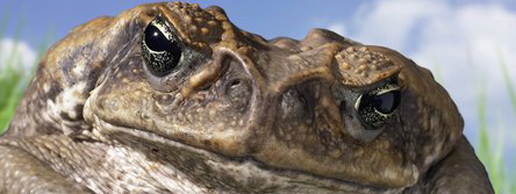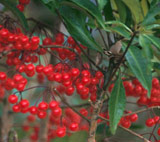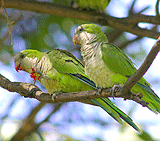
Non-Native Plants and Animals in Florida
Non-Native Plants
Non-Native Animals
With the events of September 11, 2001, the anthrax mail attacks, and the establishment of the Office of Homeland Security, many individuals have become aware of the threat of biological weapons directed towards people. However, few realize how vulnerable the U.S. agricultural infrastructure is to pests and disease outbreaks resulting from accidental or deliberate introductions of invasive species. Over the past 200 years or so, more than 50,000 foreign plant and animal species have become established in the United States. About one in seven has become invasive, with damage and control costs estimated at more than $138 billion each year (USDA/APHIS, 2001). An "invasive species" is defined as a species that is non-native (or alien) to the ecosystem under consideration and whose introduction causes or is likely to cause economic or environmental harm or harm to human health. (Exec. Order No. 13112, 1999). Invasive species can be plants, animals, and other organisms (e.g., microbes). The problem of invasive species has intensified within the last few years, making it a serious challenge to globalized trade. As a story in The Economist put it: "Animals, plants, and microbes can now migrate across the planet to new homes with unprecedented ease" (2000).
-- Edward A. Evans, Economic Dimensions of the Problem of Invasive Species
When it comes to non-native invasive plants, what we do in our individual yards can impact areas far beyond our yards. The seeds of non-native invasive plants are designed to be easily carried far away by wind, water, birds, and other animals. These non-native plants then overpower native plants. This destroys wildlife habitat and alters natural ecology of a site. This results in areas with fewer plant species and fewer feeding and cover opportunities for wildlife. Approximately 1.7 million acres of Florida's remaining natural areas have been invaded by exotic plant species. Invasive non-native pest plants destroy more natural habitat every year than development. These exotic plant invasions degrade and diminish what remains of Florida's natural areas.




 Location: http://yourdomain.edu
Location: http://yourdomain.edu